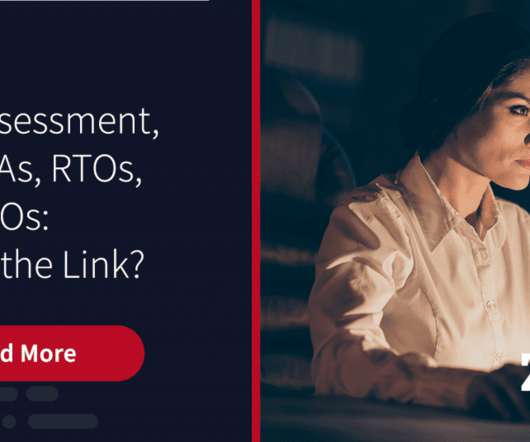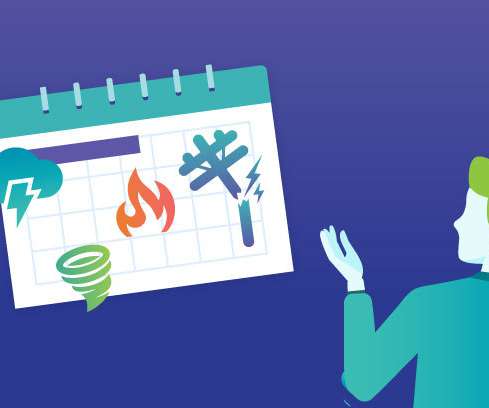Risk Assessment, BIA, SLAs, RTOs, and RPOs: What’s the Link? MTD and MTDL
Zerto
NOVEMBER 22, 2022
It also documents existing strategies and measures already in place to mitigate the impact of said risks. This analysis helps stakeholders and business continuity planning teams to arrive at recovery timeframes and the steps needed to fortify operations and internal resources from the projected impacts.












Let's personalize your content